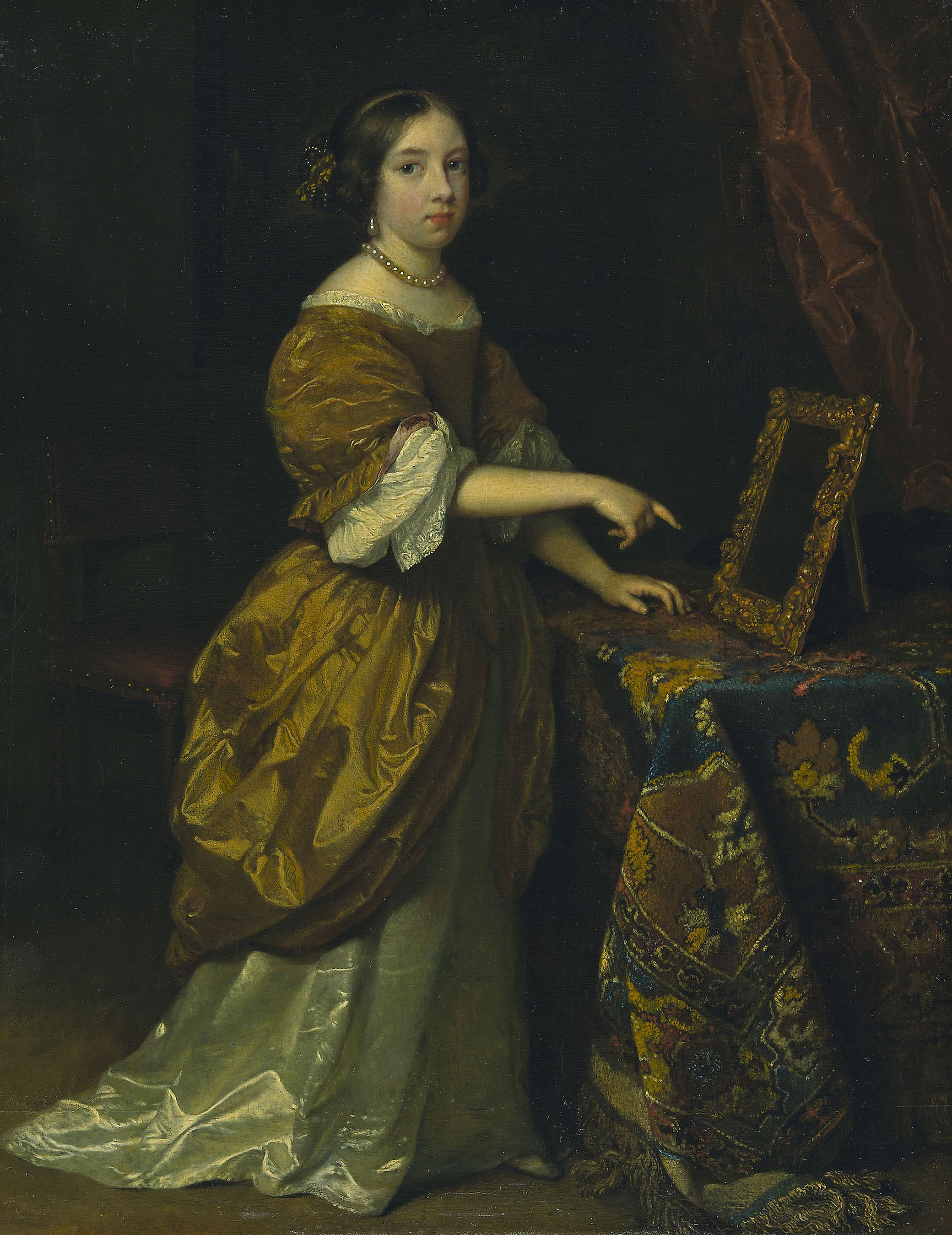
Girl Standing Before a Mirror, by Caspar Netscher, 1668. The Art Institute of Chicago, Gift of Charles L. Hutchinson.
Henry Murray yearned to go to war. The Japanese had bombed Pearl Harbor, and the Harvard psychologist started working out, rowing every morning to get himself in fighting shape. But there was little need for an academic on the battlefields, so Murray turned his skills as an analyst and onetime patient of Carl Jung toward a new project. Instead of getting his hands dirty overseas, he would strive to understand the world’s evilest man and thus help stop him—from afar.
Murray spent hours poring through material about Hitler—classified documents, biographies, Mein Kampf—in search of any crumb of detail that would reveal the dictator’s true nature. The resulting report is nearly 250 pages long. It is as titillating as it is wrong. “An Analysis of the Personality of Adolph Hitler” claims that the German chancellor developed a distaste for communism because, being “too frail for construction work,” he was unable to hold a job and join a union. Millions died in World War II because Hitler had an Oedipus complex exacerbated by walking in on his parents having sex, and thus needed to defend his “motherland” of Germany from the brutal “fatherland” of Europe. Der Führer’s love of art was well-known. Murray noticed that Hitler liked to paint both ruined temples and immense castles, and posited that he was drawn toward the former because they represented the destruction of his enemies and the latter because they represented the glory of the Third Reich. Such analysis was not idle speculation; it was the bedrock of Murray’s predictions of Hitler’s behavior and suggestions for how to defeat him.
Seventy-five years later, Canadian researcher Christopher Wylie blew the whistle on Cambridge Analytica, a company he called “Steve Bannon’s psychological warfare mindfuck tool.” Cambridge Analytica used results from its Facebook personality test to target political ads based on people’s traits, with the goal of swaying the 2016 presidential election. The team “built models to exploit what we knew about [people] and target their inner demons,” Wylie told The Observer.
The researchers scraping data from personality tests are the intellectual descendants of the man who tried to conquer Hitler by reading biographies at night. In the years in between, personality testing has taken over the world, all of us desperate for a shortcut to know ourselves and others. Yet the dream of better living through self-knowledge has not lived up to its grandiose ambitions. Personality, of course, exists. Officially speaking, it is “individual differences in patterns of thinking, feeling, and behaving,” and personality psychology is a respected scientific field today. But its history is littered with fanciful, flawed tests, as documented by Oxford University professor Merve Emre in The Personality Brokers: The Strange History of Myers-Briggs and the Birth of Personality Testing. Humans are not so easy to measure and predict and know.
The advice to “know thyself” is ancient, carved on the Temple of Apollo at Delphi, and the desire for self-knowledge flows unbroken from then to now. Hippocrates thought that having too much of one or the other bodily fluid would ruin your temperament and health. Similarly, Galen believed there were four fundamental personality types: the more extroverted sanguine and choleric types and the quieter phlegmatic and melancholic folks. Head-reading, or phrenology, came into vogue in the 1800s, and future U.S. presidents John Tyler and James Garfield had their skulls assessed with calipers. Tyler, for one, was told that he “would veto bills” one day.
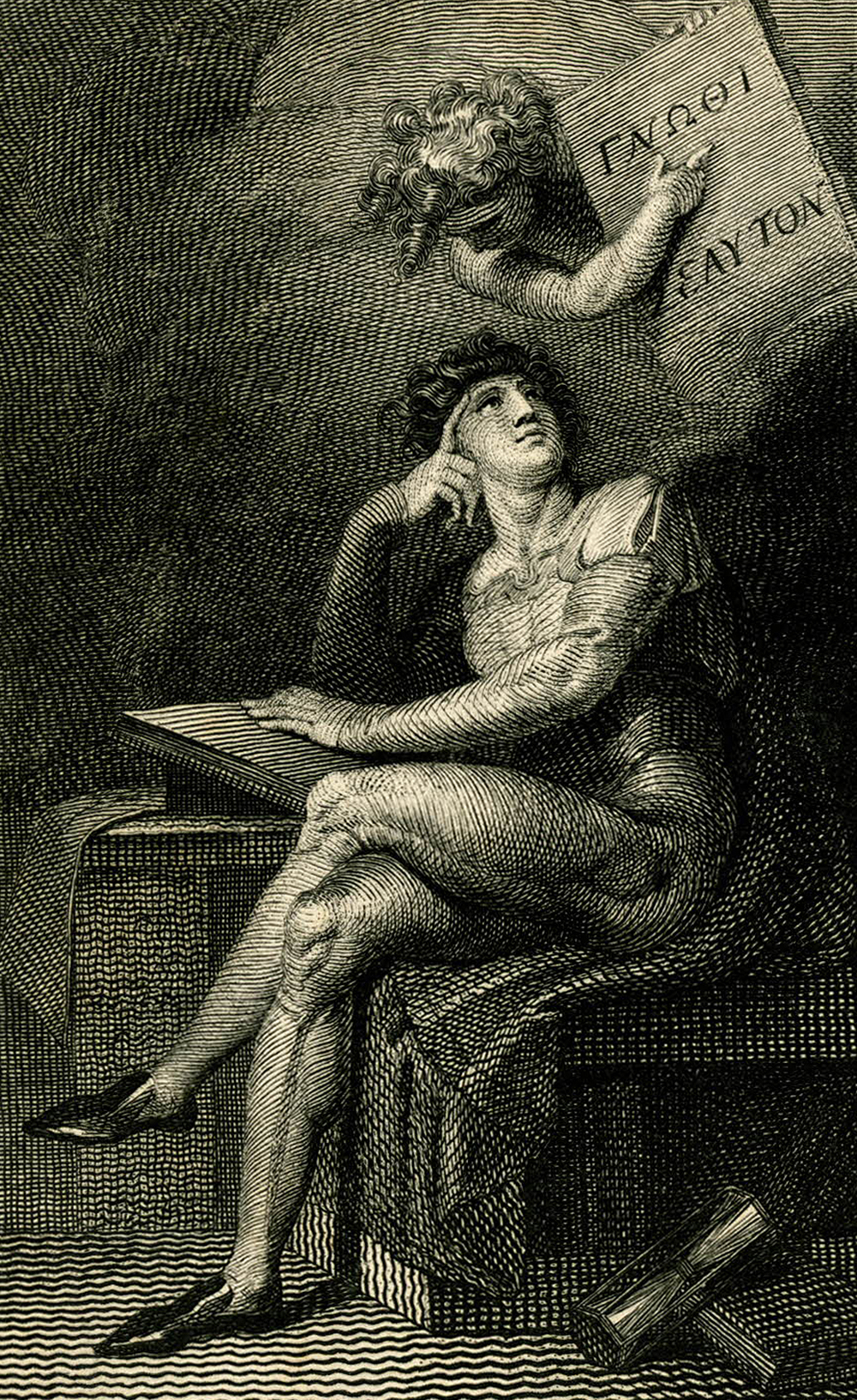
Testing bodily fluids and head shapes had the whiff of pseudoscience, so at the dawn of the twentieth century, academics became interested in measuring personality directly. Psychologist Robert Woodworth developed the first formal personality test in 1917 to identify emotionally unstable soldiers who—if they revealed that they were troubled by dreams about work or didn’t like outdoor life—should not be sent to war. After Woodworth came an explosion of researchers eager to measure the core of who we are, and then apply those results to streamline university admissions, train spies, and fight evil.
The two women who inflicted the Myers-Briggs Type Indicator on the world were less concerned with fighting evil than with optimizing daily life, according to Emre. There is Katharine, the Briggs in the equation. Unlike the men who worked in academic laboratories on both coasts, Katharine worked in “a cosmic laboratory of baby training”: her own home. She took meticulous notes on the training of her only child, Isabel (later the Myers of the MBTI), a girl who would read Pilgrim’s Progress by five despite rarely attending school. When one neighbor criticized her methods, Katharine, who wrote about child-rearing for magazines, included the neighbor’s daughter Mary in an article called “Ordinary Theodore and Stupid Mary.”
Isabel eventually left for Swarthmore to study political science, and Katharine fell into a deep depression. It was then that she came across Jung’s Psychological Types, and she would develop a lifelong obsession with the Swiss analyst, writing to and about him. She even wrote an erotic novel about her hero titled The Man from Zurich. She sent it to several publishers, but after being rejected by all, began instead rewriting waltzes to honor the psychoanalyst. One included the lyrics “Hail, Dr. Jung!” Her life’s work would be to improve upon Jung’s concept of types and develop her own, adding a new category and, more importantly for her legacy, bringing it to the masses.
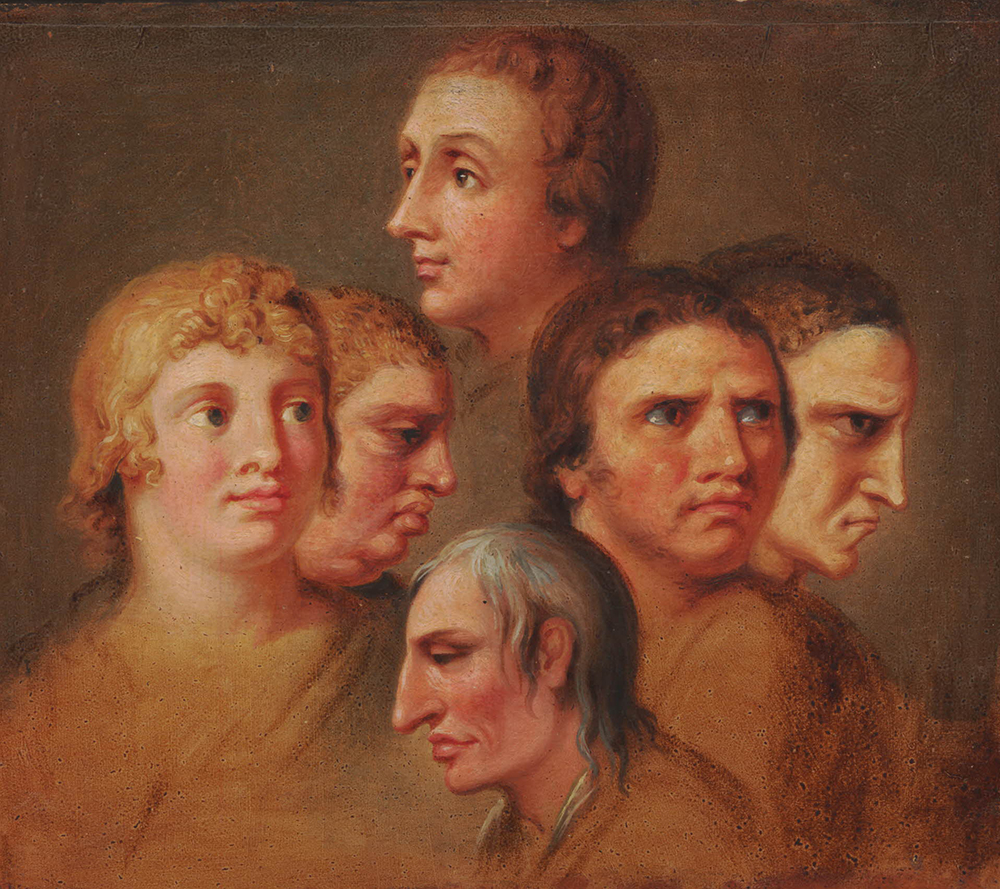
The MBTI is both ubiquitous and simple. There are sixteen types, and each type encompasses four traits: introverted or extroverted (I or E), sensing or intuitive (S or N), thinking or feeling (T or F), judging or perceiving (J or P). Katharine debuted her system in the 1926 New Republic article “Meet Yourself: How to Use the Personality Paint Box.” There was no questionnaire and no need, as there is now, to take a certified test. Instead, the “paint box” was a warm, chatty introduction to personality psychology that suggested using index cards to write down different types and traits from a list Briggs provided and simply picking the ones that felt right. Personality, Katharine believed, was fixed from birth, so surely intuition would be an adequate guide, as the inquiring personality searchers had lived with themselves for a lifetime.
Thanks in large part to Isabel’s work with the Educational Testing Service, which administers the SAT, the MBTI grew to have the gloss of legitimacy despite being developed by a mother-daughter team without scientific training. But its origins and objective were not so different from other tests of the day printed by the popular press. The “personality quiz” as a form of newspaper content started gaining traction in the late 1800s, with one of the first regular quizzes appeared in the pages of the Ladies’ Home Journal in the 1950s. It was titled “Making Marriage Work”—a goal that Katharine and Isabel hoped their test, too, would achieve. It was all well and good to meet yourself, but it was important to use that information too.
What Katharine developed at home, men with advanced degrees and government sanction attempted elsewhere. At his clinic at Harvard, Murray had worked with the artist and writer Christiana Morgan (who was also his mistress) to create the thematic apperception test, a widely used personality test that relied on the stories psychoanalysis patients made up when presented with a few evocative images. By the time he compiled the analysis on Hitler, Murray had left the university to work for the Office of Strategic Services, a precursor to the Central Intelligence Agency. Murray created a laboratory of his own at the OSS, inviting a group of men to a grand estate in Virginia to figure out who was cut out to be a spy.
Men arrived at Station S to live for three days, be observed, be tested, and learn their fate. Were they psychologically suited to be a resistance leader? A pilot? Or no spy at all? Each man had to invent a cover story and stay in character at all times, including during multipart interrogations. In one test, a recruit had to build a table with two assistants who had been secretly instructed to thwart him as much as possible. In another, he looked at a group of items for four minutes and then described the person who owned them. (Murray did.)
On the other side of the country, Murray’s former OSS colleague Donald MacKinnon applied a similar idea to a more pedestrian need: university admissions. MacKinnon set up the Berkeley Institute of Personality and Social Research and invited graduate students to his “fishbowl” to be evaluated and categorized. The students interacted with one another, chose adjectives that described themselves, made up stories using Murray’s images, took the MBTI, answered true-false to questions about whether women in their areas of study could be good wives and mothers. The hope was that these results would help MacKinnon’s team distinguish the promising students from the duds and create some method through which, as Emre writes, “any applicant could become completely knowable to the admissions committee.”
To be completely knowable to anyone is a tall order, and these tests inherited the biases of their creators. The MBTI was difficult to validate scientifically and had different scoring scales for men and women because of their supposed fundamental differences. Similarly, the first group at the Berkeley house consisted only of white men—no women and “no Orientals,” who might “require special consideration.”
Psychologists who used Murray’s thematic apperception test went in the opposite direction, creating special sets for African Americans, the disabled, North Korean prisoners of war, and anti-communists, leaving one to wonder about the many distinctions and whether differences between “prisoners of war” and “the disabled” are truly so radical as to need different tests. Many of these image-based methods long ago lost scientific standing: by 1968, Stanford University psychologist Walter Mischel was already alleging that these tests barely predicted behavior. Results can easily be faked, even when working with the most widely accepted measure of personality used today, the Big Five personality test that evaluates the subject on the traits of openness, conscientiousness, extraversion, agreeableness, and neuroticism.
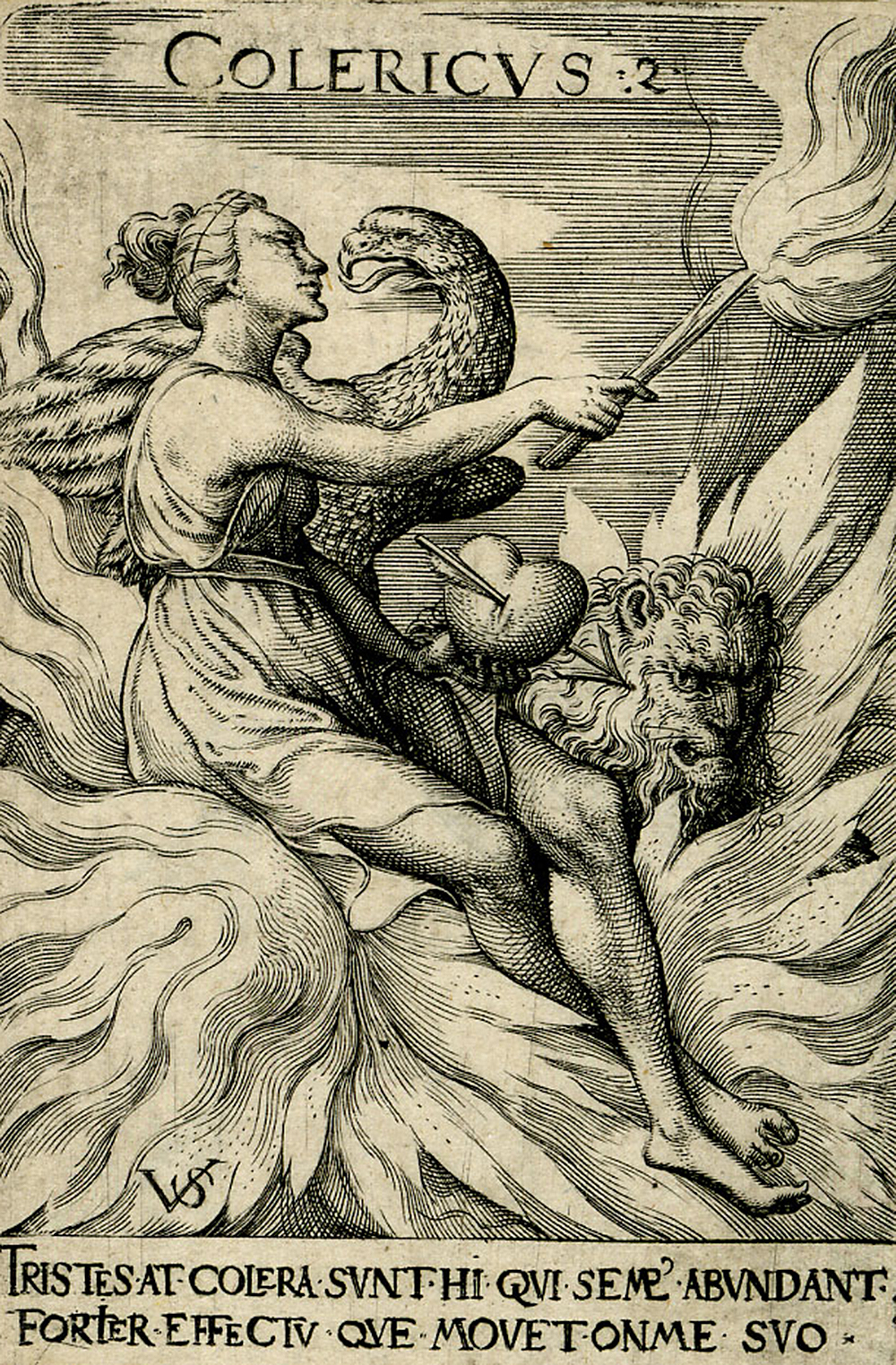
Still, admissions committees at colleges like Bryn Mawr, corporations like General Electric, and government bureaucracies all put these personality tests to use, on high school students and luminaries and war criminals. Psychiatrist Douglas Kelley showed Rorschach’s famous inkblots to one of the most infamous men of the twentieth century, Nazi leader Hermann Göring. Though initially dismissive of the tests he underwent, Göring came to admire them, writes journalist Annie Murphy Paul in The Cult of Personality, even telling Kelley that he was sorry the Nazis themselves “had not had available such excellent testing techniques.”
“Such excellent testing techniques” have had real-life consequences. Children take personality tests to learn which jobs they’re suited for. The California prison system once recruited MacKinnon to design tests to help them assign guards. Paul writes that personality quizzes based on dubious science “have helped determine whether [people] kept or lost custody of a child; whether they deserved punishment for their crimes or compensation for their injuries; whether they were fit to do dangerous and important jobs.” Imagine that: so much depends on what you see in the inkblot, the story you create, which combination of four letters comes up.
Murray’s predictions of Hitler’s behavior were wrong, though that hardly stopped the psychologist’s rise to fame. He would testify as an expert witness in the Alger Hiss trial and, much later, become notorious for having conducted a three-year psychological experiment on the student who became the Unabomber.
Experts say it’s unlikely that Cambridge Analytica’s personality-targeted ads did much to change the 2016 election’s outcome—and that most breathless headlines on the psychological differences between liberals and conservatives might not hold water. There are two ways to think about type, according to Brent Roberts, a personality psychologist at the University of Illinois at Urbana-Champaign. Some people have more of one trait than another, and we will call them “an extrovert” because it’s easier. But are introverts and extroverts actually separate groups of people? “Absolutely not,” he says. “The idea of cutting people up into groups is problematic.”
Yet personality tests will not go away. Personality is behavior, and we now leak our personality everywhere with each “like” and “swipe”; there will always be those who want that information to observe and target and sell. The enduring popularity of these tests reveal that they do provide a valuable service—they tell you that it’s okay to be you. Susan Cain’s Quiet, a book about the virtues of introversion, launched a revolution for those who felt, for the first time, that their personalities were not defective but simply different. In her book, Emre recounts attending a boot camp for Myers-Briggs true believers; again and again, the participants tell her that the MBTI changed their lives by freeing them from shame.
Personality research in the twenty-first century does not rely on inkblots and pictures. Today, its measures are scientifically supported, and the field experienced a resurgence after Nobel laureate James Heckman started paying attention to how personality interacts with economics. There is such a thing as an authoritarian personality, says Roberts. Personality, in fact, can help predict income—but it is not any more predictive than socioeconomic status and intelligence, and the effect is small. Personality can help predict job performance and relationship satisfaction, too, but so can other variables.
The problem is not that today’s personality research is fake. It is that in our hunger for simplicity, we hand over more power to these tests than they deserve. We learn that personality is one of many factors that help predict income and suddenly are flooded with headlines like “This Is How Much Money You’ll Make Based on Your Personality.”
To our eyes, personality becomes destiny, and this very act of categorizing can change who we are. When we define ourselves, we become more like that which we define, in what philosopher Ian Hacking calls “the looping effect of mankind.” Biological phenomena will carry on regardless of what it is called. The heart will continue beating whether the act of muscle contraction is called “the heartbeat” or something else. Not so for the intricacies of psychology: the proud introverts become more introverted, the neurotic more neurotic, some people buy T-shirts that say no, i’m not a sociopath, i’m just an intj. Personality tests do more than help us feel seen; they provide us the tools to create. The act of labeling reinforces what is being labeled.
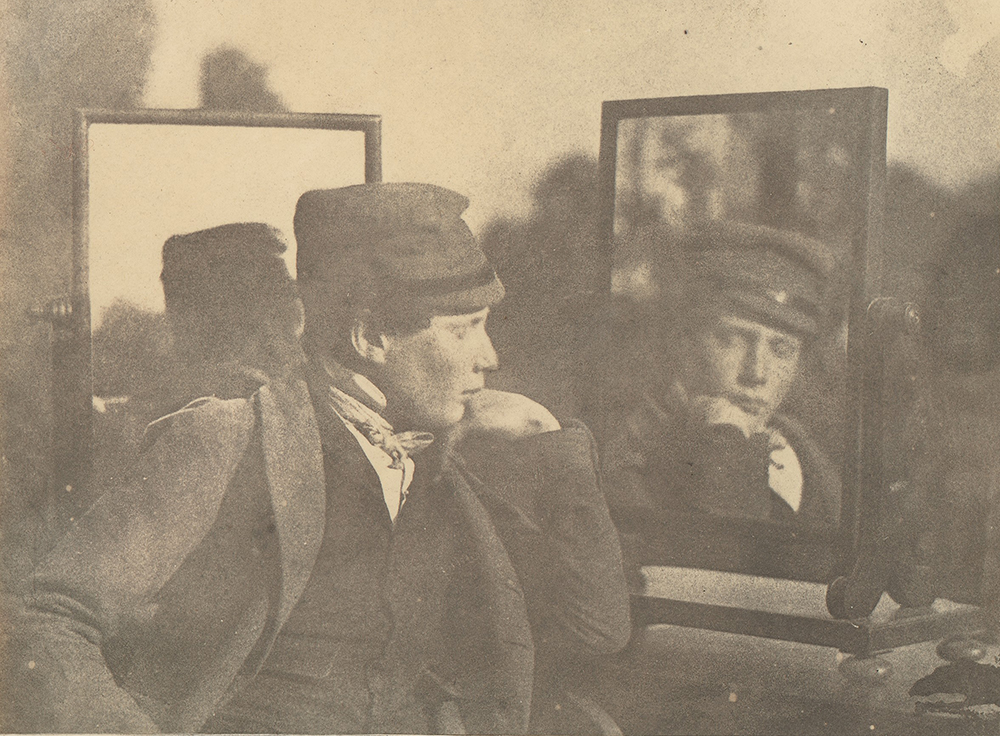
And to know a label is not to know a person, according to Northwestern University psychologist Daniel McAdams. No understanding of a person is adequate without these traits, but alone they yield little beyond a “psychology of the stranger.” To truly know a person, argues McAdams, is to understand their goals, defense mechanisms, coping strategies, and skills—none of which are easily compressed into a questionnaire. There’s a final level needed to understand others: how they see themselves, the events of their lives, their personal narrative.
Understanding that narrative is difficult. It takes time. “Life is complex and hard—you know that,” Roberts says to me. “How many people do you have to deal with on a daily basis? Of course we look for simplicity in everything we do, but that comes at a cost.” His team is constantly surprised by people’s desire for self-knowledge. They slap an in-progress test on a website, and six months later twenty thousand people have visited in hopes of gaining just a little more insight.
We have always tried to boil people down any way we can: by gender, by race, by income, by personality. Though personality tests began as top-down tools for institutions, they are now firmly entrenched in popular culture. They beckon from magazines and websites, promising a new opportunity for self-knowledge, one that is just about us—even though the academic field is still focused on trends and groups and doesn’t necessarily translate into better understanding of individuals. That’s the funny paradox about personality tests. They are a means to feel understood and, at the same time, the exact opposite: a way to be stripped to our most bare, obvious parts, with most of you not seen at all. The push for personality typing will continue, but our job is to remember that people are messy, strangers even to ourselves. We can be categorized but never perfectly, given a type but never wholly reduced.